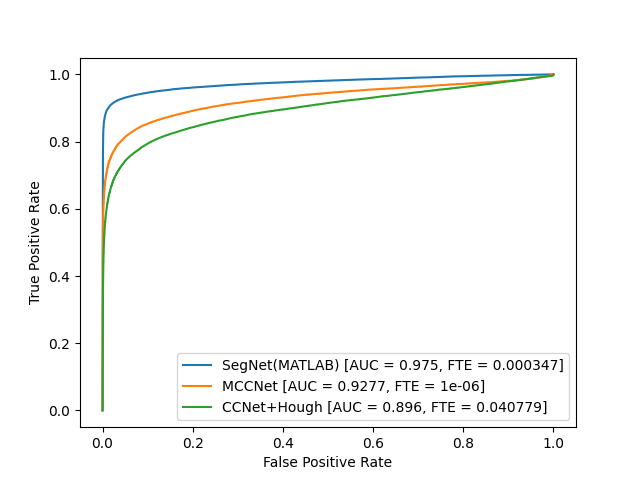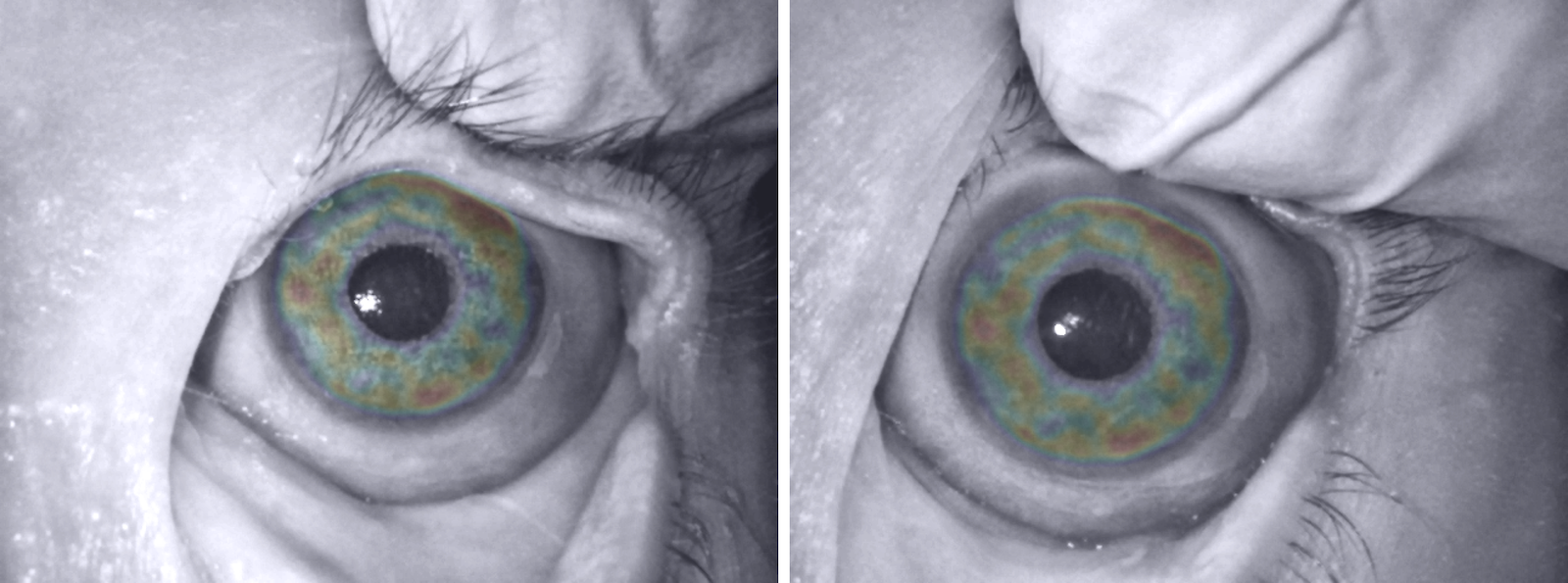This software package demonstrates how to combine selected efforts aimed at delivering effective iris recognition methods for diseased eyes and post-mortem samples (collected after death). The following codes and models were merged here into a complete iris recognition software package:
a) segmentation and normalization (SegNet-based Matlab codes):
Mateusz Trokielewicz, Adam Czajka, Piotr Maciejewicz, “Post-mortem iris recognition with deep learning-based image segmentation,” Image and Vision Computing, Vol. 94 (103866), Feb. 2020, pp. 1-11; pre-print: https://arxiv.org/abs/1901.01708
b) segmentation and normalization (CCNet-based Python codes):
Suraj Mishra, Adam Czajka, Peixian Liang, Danny Z. Chen, X. Sharon Hu, “CC-Net: Image Complexity Guided Network Compression for Biomedical Image Segmentation,” The IEEE Int. Symposium on Biomedical Imaging (ISBI), Venice, Italy, April 8-11, 2019; pre-print available at https://arxiv.org/abs/1901.01578
Zhaoyuan Fang and Adam Czajka, “Open Source Iris Recognition Hardware and Software with Presentation Attack Detection,” The IEEE/IAPR International Join Conference on Biometrics (IJCB 2020), Sept. 28 – Oct. 1, 2020, Houston, USA; pre-print: https://arxiv.org/abs/2008.08220
c) human-driven BSIF-based iris pattern encoding:
Adam Czajka, Daniel Moreira, Kevin W. Bowyer, Patrick Flynn, “Domain-Specific Human-Inspired Binarized Statistical Image Features for Iris Recognition,” The IEEE Winter Conference on Applications of Computer Vision, Waikoloa Village, Hawaii, January 7-11, 2019; pre-print: https://arxiv.org/abs/1807.05248
Simply run / analyze howto.m (tested with Matlab 2019b -- 2020b) to have fun.
- Install dependecies:
conda env create -f ccnet.yaml- Run / analyze:
howto.py, which - as an example - encodes and matches three post-mortem samples from the Warsaw datasethowto_pair_with_visualization.py, which demonstrates how to match a pair of images and get visualizations annotating salient regions within iris annulus
The python version has an updated pupil and iris circle estimator based on a modified CC-Net architecture. We provide a ROC curve for comparison between the different methods below. (The roc curve for MCCNet coincides with the mixed version)
-
howto_mccnet.pyandhowto_pair_with_visualization_mccnet.pyshows how to use modified CC-Net architecture to estimate both the pupil and iris circle parameters and the masks. -
howto_mixed.pyandhowto_pair_with_visualization_mixed.pyshows how to use modified CC-Net architecture to estimate the pupil and iris circle parameters and use the original CC-Net architecture to find the masks.
The Warsaw datasets of post-mortem iris images (acquired from 79 cadavers in total) can be requested at http://zbum.ia.pw.edu.pl/EN/node/46. Warsaw post-mortem iris datasets are freely available for non-commercial purposes to all interested researchers.
If you have problems with the .mat and .pth files:
- use
git-lfs cloneinstead ofgit clone, OR - download the models and filters from this Google Drive location
This is a research open-source software. You are free to use it in your research projects. Please discuss individual licensing options if you want to use this software for commercial purposes, or to create and distribute closed source versions.

